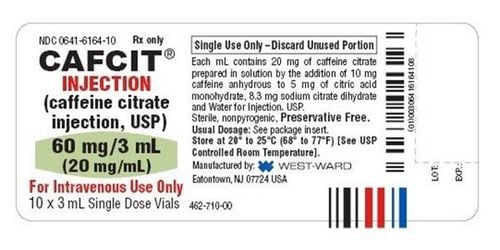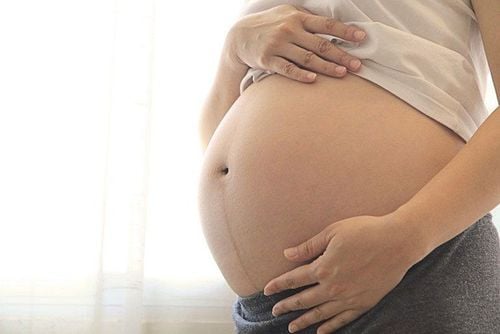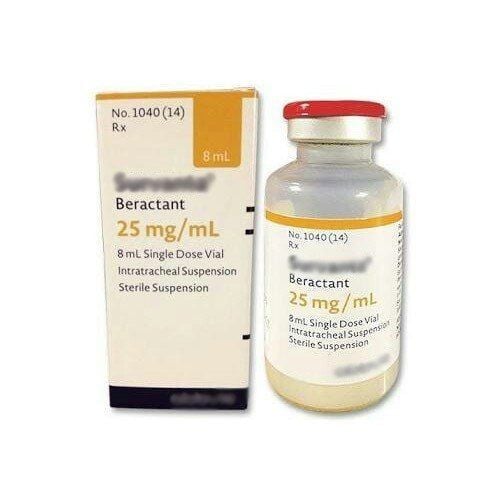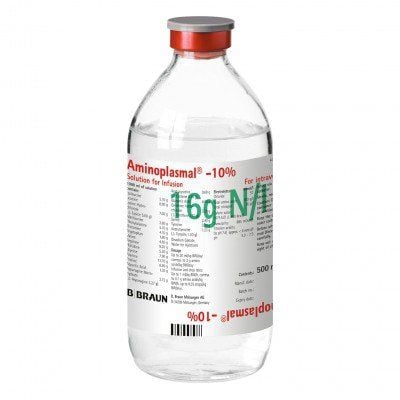This is an automatically translated article.
The article was professionally consulted by Specialist Doctor II Cao Thi Thanh - Pediatrician - Pediatrics - Neonatology Department - Vinmec Hai Phong International General Hospital. Dr. Thanh has worked for 25 years in the treatment of neonatal pediatric diseases.Checking the health of premature babies with tests plays a very important role. These tests help determine what problem your baby is having and what treatment should be done, and determine how effective treatment is.
1. Blood test
It is one of the most frequently performed orders in the Neonatal Care Unit (NICU). Blood tests provide important information about a newborn's condition and alert doctors to potential problems before a baby's condition becomes more serious. The purpose of a newborn blood test is to:Check if your baby is anemic or his bilirubin level is too high. Bilirubin forms when red blood cells are broken down. Jaundice occurs when the liver is unable to remove bilirubin from the blood. Check your child for low blood sugar (hypoglycemia), salt or water imbalances, or nutritional needs (such as problems with protein or liver and kidney function). All of these can cause problems if not detected and treated promptly. Determine if the child has an infection and which antibiotic should be used to treat it. Measure blood gas levels (oxygen and carbon dioxide). If your child is very ill, he or she may need blood tests several times an hour to monitor the levels of these gases in the blood. This type of blood test can be done on a blood sample taken from an artery because arteries carry oxygen to all parts of the body. A blood sample may also be taken from an artery in the wrist or foot, or through an umbilical catheter if the infant has a catheter in place. Newborns may have a blood test to check for blood gases soon after admission to the NICU to see if they need extra oxygen or mechanical ventilation. This test is repeated often to see if the baby is getting enough oxygen or if not, how much needs to be adjusted.
Newborn Screening Test
Newborn Screening Test also known as PKU or NBS test, this is done by stabbing an infant's heel to get a few drops of blood placed on a filter paper . This technique tests babies for serious genetic disorders. With new technologies these days it is already possible to test for multiple disorders at once.
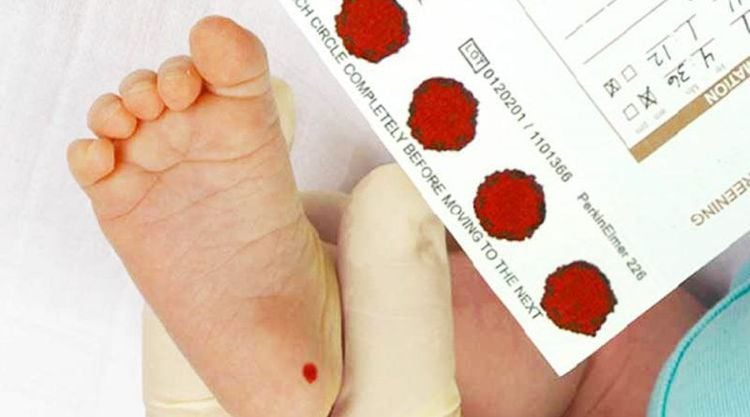
2. Imaging techniques
Computed tomography (CAT or CT scan) CT scan is an advanced form of imaging that can often produce more accurate images of tissues in the body than X-rays or ultrasounds. This technique focuses a beam of energy on the tissue the doctor wants to examine and uses a computer to create a two-dimensional image. The infant will need to be taken to the radiology department and possibly sedated (to keep the baby still) during this diagnostic procedure.Echocardiogram This is a specialized form of ultrasound used to check for problems in the heart. This technique can detect structural problems (heart defects) and problems with the way the heart works.
Magnetic resonance imaging (MRI) Just like a CT scan, an MRI technique can create very detailed images of an organ/part of the body that can be difficult to see on an X-ray or ultrasound. However, an MRI gives more detailed images than a CT scan because it uses strong magnets and a computer to create the images.
This technique is painless and safe for newborns because no X-rays are used. The infant will be referred to the radiology department for this diagnostic technique and may require sedation.

The ultrasound technique is painless and performed in the infant's incubator. In addition, this technique is often performed to determine if a child has a brain bleed. Head sonogram is a routine diagnostic technique to examine and evaluate bleeding in the brain.
X-rays X-rays provide pictures of a child's lungs and other internal organs. These images help your doctor plan your treatment and track your child's progress.
If the child has severe breathing problems, the doctor may order a chest X-ray every day. Your baby will be exposed to some radiation from these X-rays, but the radiation is so low that it won't affect your baby's health now or in the future.
Newborns also do not need to be transferred to the radiology department for this procedure, instead, the baby will be x-rayed right in the incubator.
Hearing tests Premature babies and babies with other illnesses are at increased risk for hearing problems. Before your child goes home, he or she will likely have a type of hearing test called the "brainstem auditory stimulus response test".
A small headset will be placed in the ear to transmit sound. Tiny sensors attached to the baby's head relay the information to a meter that measures electrical activity in the child's brain in response to sound.
Your child's doctor will discuss the results of the hearing test with you, including whether follow-up care is needed. If your baby reacts normally, he probably has normal hearing. It is important to detect hearing problems early to prevent speech and language problems.
3. Other tests for premature babies
Hearing screening Premature babies and babies with other medical conditions are at increased risk for hearing problems. Before your child can go home, he or she will likely need a hearing test called a "brainstem auditory evoked response test".A small headset will be placed in the ear to transmit sound. Small sensors attached to the baby's head relay information to a meter of electrical activity in the child's brain about how it responds to sound.
The doctor will discuss the hearing test results with the parent, including whether follow-up care is needed. If the results show a normal response, the child probably has normal hearing. However, parents still need to be monitored to detect hearing problems early to prevent speech and language problems later on.
Retinopathy of prematurity (ROP) Babies born at or before 30 weeks of gestation or weighing less than 1,500 grams are often tested for retinopathy of prematurity. .
The pediatric ophthalmologist will examine the child's eyes with a special scope (ophthalmoscope). Before the exam, the doctor will put drops in your child's eyes so the doctor can see your retina and determine if the blood vessels are developing normally.
If the child has any signs of ROP, the doctor will start to develop the necessary treatment plan for the child.
Urinalysis Like a blood test, a urine test can tell a lot about a child's overall condition. Urine tests can help determine how well the kidneys are working and whether the child has an infection.
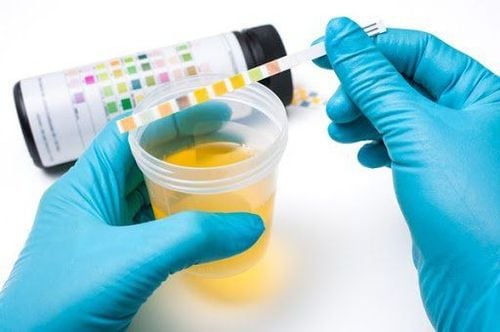
Treatment and health care of premature babies is one of the extremely complicated and high-risk techniques. At Vinmec International General Hospital, we have successfully received and treated many cases of premature babies, especially extremely premature babies (born 24 weeks premature, weighing only 600 grams). Premature births are organized in a methodical manner under the coordination of many specialties: obstetrics, anesthesiology, and especially neonatology and paediatrics. This helps to reduce the risks and increase the effectiveness of treatment for health problems that premature babies may have.
Thanks to the application of modern technology and the dedication of a team of doctors and nurses, the results of treatment of premature babies at Vinmec have obtained positive effects, saving the lives of many seemingly hopeless premature births, bring about the same effectiveness as advanced countries, affirming the leading address to save lives of premature babies in the North.
Please dial HOTLINE for more information or register for an appointment HERE. Download MyVinmec app to make appointments faster and to manage your bookings easily.






